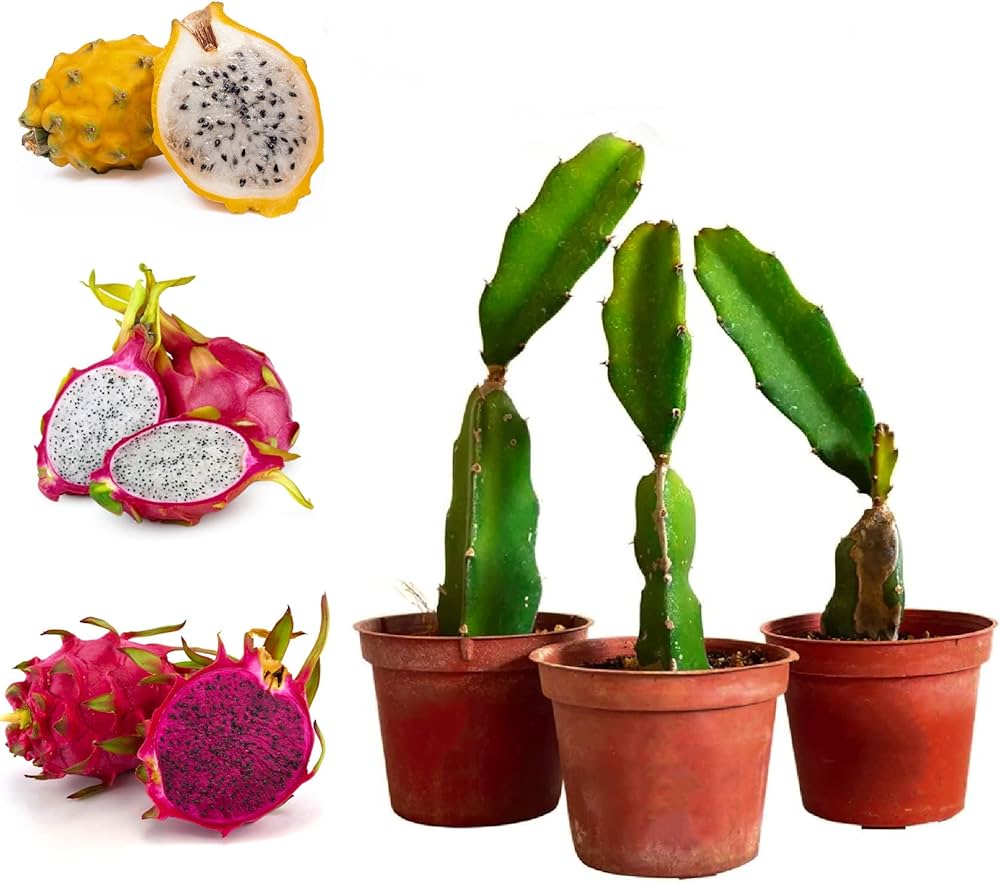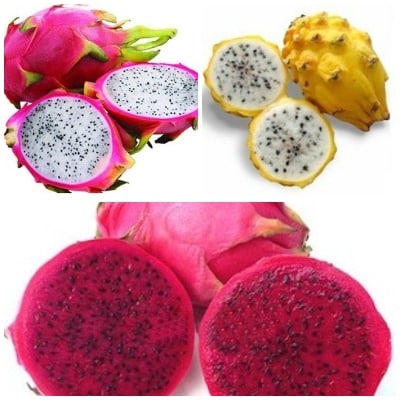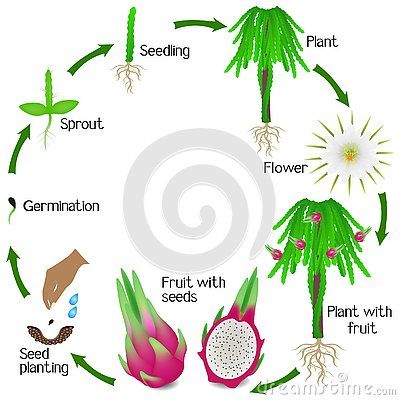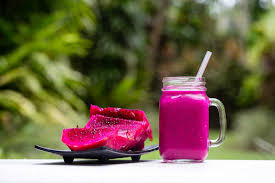Colors of dragon fruits: Within the realm of exotic fruits, the dragon fruit has captured the interest of both foodies and connoisseurs due to its captivating appearance. But how many colors does this fruit with a legendary appearance have? Come with me as we take a multicolored trip through the fascinating world of dragon fruit.
Table of Contents

The colors of Dragon Fruits
The colourful range of dragon fruits, sometimes called pitaya or pitahaya, is astounding, with each species offering a visual feast for the senses. These imaginary fruits are primarily coloured in white, red, pink, yellow, and even magenta. In addition to being aesthetically pleasing, this colour scheme represents the variety of species and hybrids that make up the dragon fruit environment.

- White dragonfruit (Hylocereus undatus)
- Red Dragonfruit (Hylocereus costaricensis)
- Yellow dragonfruit (Hylocereus megalanthus)
- White dragonfruit (Hylocereus undatus)
With its vivid pink or red skin and green scales, the white dragon fruit is a classic among dragon fruits. When cut open, the insides show off snow-white flesh dotted with tiny black seeds. Because of its subtle sweetness, this cultivar is favoured by experts. - Red Dragonfruit (Hylocereus costaricensis)
The red dragon fruit, as its name implies, has a bright, magenta-colored outer skin that is ornamented with noticeable green scales. When dissected, the flesh reveals an interior that is rich red or pink and is frequently dotted with black seeds that contrast sharply. Its flavour profile is sweet but not overbearing, which makes it a great addition to dishes. - Yellow dragonfruit (Hylocereus megalanthus)
The yellow dragon fruit is a more exotic and uncommon kind that entices with its vivid yellow skin and slightly smoother texture than its brethren. This type has flesh that is either light yellow or white when cut, and it has a flavour profile that can be either sweet or acidic. The seeds give every bite a subtle crunch with their smaller size and softer texture.
Varieties and Hybrids
Through hybrids and cultivars, dragon fruits expand their chromatic power even beyond the basic colour categories. Hybrids, which frequently result from the pollination of two or more species, provide subtleties in both look and flavour.

- Pink dragon fruit (Hylocereus polyrhizus).
The pink dragon fruit is a fascinating hybrid that combines the vivid colours of the red and white types. The outside displays glowing pink or magenta skin, while the inside has gorgeous deep pink or purplish flesh. Its flavour is usually not overly sweet, creating a nice harmony between the two parent kinds. - Physical Graffiti Dragon Fruit (Hylocereus Undatus x Polyrhizus)
The Physical Graffiti dragon fruit is a vibrant canvas of colours, just as its name implies. This hybrid, which was created by fusing the white and pink kinds, has skin that is a captivating mix of magenta, pink, and white colours. This energy is reflected in the flesh, which has a marbled pattern that entices the senses of taste and sight.
Dragon Fruit Color-Related Factors
Comprehending the elements that impact the hues of dragon fruit enhances the admiration of their vivid range. Several factors influence the colours that these unusual fruits display.

- Types and Selected Forms
Various kinds and varieties of dragon fruit exhibit unique colours in their natural state. The plant’s genetic composition is a major factor in defining the color scheme, whether it is the traditional white, the striking red, or the seductive pink. - Tenderness
A fruit’s level of ripeness has a dynamic impact on its color. As they ripen, dragon fruits often change colour; some types progress from green to their vivid final colours. Keeping an eye on the ripening stages guarantees the best flavour and texture. - Environmental Elements
The amount of sunshine and temperature changes are two environmental factors that can affect how vibrant the colours of dragon fruit are. Sufficient sunshine promotes pigmentation; colder temperatures may produce richer, more vibrant colours.

Applications in Culinary Arts and Aesthetics
Dragon fruit colours have an impact on culinary aesthetics in addition to their aesthetic appeal. Chefs and food aficionados frequently use the vivid colours of these fruits to produce aesthetically attractive dishes and drinks. Dragon fruits offer flavour and a striking splash of colour to a variety of dishes, from exotic fruit salads to cool smoothie bowls.
In Conclusion
A tribute to the enormous diversity found within this unusual fruit family is the kaleidoscope world of colours found in dragon fruit. Every colour, from the traditional white to the vivid red, and the more exotic pink and yellow, has a unique flavour profile and eye-catching appearance. Gaining knowledge about how maturity, genetics, and environment interact enhances one’s appreciation of these mysterious fruits. Therefore, the next time you enjoy the beauty of a dragon fruit, remember to appreciate its aesthetic value as well as its flavour.
